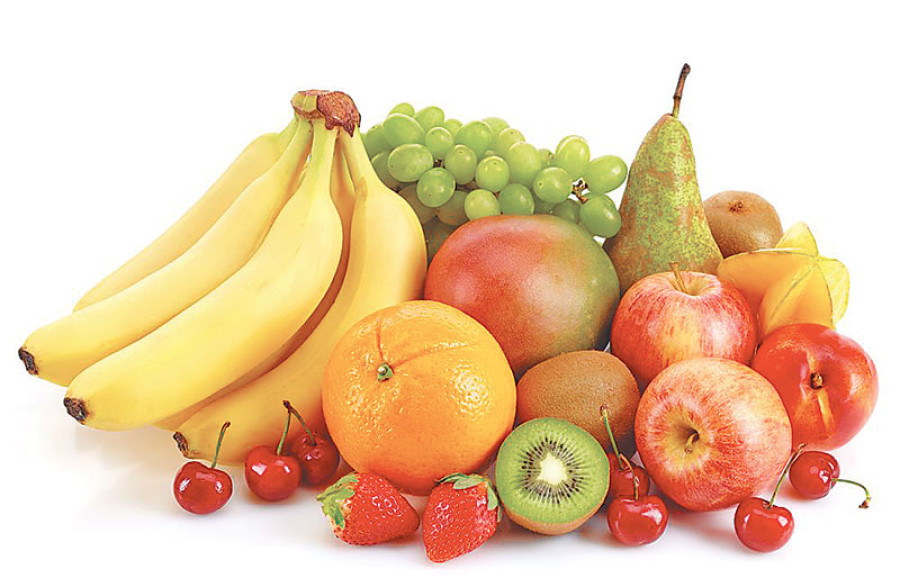Opinion
The ayurvedic way
Panchgavya, a mixture of five products of cows is a great growth stimulant for plants
Maneka Sanjay Gandhi
A recent book I have picked up, is a manual on Panchgavya by Dr. K. Natarajan. Dr. Natarajan has studied the effects of panchgavya for decades and has used it across India to treat plants, animals and human beings who maintains that the basic preparation should be fine-tuned for maximum efficiency.
The concoction
Panchgavya has come a long way since 1998, when it was innovated by scientists for the first time. Now students have their PhDs and M.Phils for scientific research in “itr”. Thousands of farmers use it daily. The manual is extremely interesting. It not only gives the detail of what panchgavya is, and how to make it, but it gives the names and details of how it is used in different places all over India, and provides empirical evidence on the difference it makes immediately to the soil and to the body.
India has gone through a deeply troubled phase in agriculture. For centuries, we ate organic, good, seasonal food and fruit. Then, in 1960 the government was enamoured with the idea of doubling everything overnight. In the “Green Revolution” pesticides and chemicals were introduced and pushed through all the publicity media and scientific institutions. In ten years most of the food we ate had disappeared and was replaced by standardised, low level, unhealthy grains. As the years went on, the ground became soaked with chemicals and urea. It had become so thirsty that we started overusing water, and then electricity, simply for irrigation.
By 2000 India realised that, while we were importing millions of tonnes of poisons to spray on the land, nothing had increased except cancer. The Green Revolution had failed totally and farmers were in despair. Very slowly, farmers started to go back to what they knew best—organic farming. Tiny steps were taken to replace chemical fertilisers, pesticides and fungicides, with organic manure. But nothing was available to replace growth promoting hormones and immunity boosters, and to bring sustained higher productivity. So farmers, and some scientists, started experimenting with medicines mentioned in the Vrikshayurveda, and panchgavya was the result.
Panchgavya for farmers consists of five products from the cow: dung, urine, milk, curd and ghee. These, when mixed appropriately, have excellent, almost miraculous, results. Dr. Natarajan has added some more ingredients. So, this is what his panchgavya recipe is:Fresh cow dung, 5 kg; cow urine, 3 litres; cow milk, 2 litres; cow ghee, ½ kg; cow curd, 2 litres; sugarcane juice, 3 litres; tender coconut water, 3 litres; 12 ripe bananas, and toddy or grape juice, 2 litres. This gets you 20 litres of panchgavya.
To prepare it, one needs a wide mouthed mud pot, concrete tank, or plastic can. No metal containers. Put fresh dung and ghee in first and mix twice daily for 3 days. On the 4th day add the rest of the ingredients and stir, twice daily, for 15 days. After the 18th day keep in the shade, and cover with a mesh to prevent flies. If you do not have sugarcane juice, add 500 gms of jiggery dissolved in 3 litres of water. If you don’t have toddy, put 2 litres of tender coconut water in a closed plastic container for 10 days. It will ferment and become toddy.
This panchgavya can be kept for six months and, when it becomes thick, water can be added to keep it in a liquidus state. It contains all the nutrients necessary for plant growth. Labs and farmers have verified these across the country. Add three litres to every 100 litres of water, filter, and spray it on all crops. It can also be used through drip or flow irrigation.
Growth stimulant
It should be used to drench seeds in for 20-30 minutes before planting. Then it is sprayed 20 days after planting, and after every 15 days in the pre flower phase, once in 10 days at the flowering stage and once when the pod matures. These are the effects it has on some fruits; dense and annual flowering in mangoes instead of alternate years, with enhanced flavour and aroma; all year round flowering and plump fruit with strong aroma. Shelf life will be extended by 10 days too. As for guava it grows bigger, tastier and the shelf life will extend by 5 days. Similarly, the bunch size of banana will become uniform, and harvesting can be done a month earlier. Panchgavya has been used on sugarcane, mustard, groundnut, jowar, bajra, ragi, maize, wheat, sunflower and coconut. In all of these, panchgavya acted as a growth stimulant and pest inhibitor.
Plants sprayed with panchgavya produce bigger leaves, sturdy side shoots from the trunk, and the roots are profuse, dense and go deep, enabling the plant to take maximum nutrients and water. A thin oily film forms on the leaves and stems, reducing evaporation of water and allowing the plants to withstand long dry periods reducing the necessity of Irrigation by 30 percent.
Normally, yield falls when farmers move from chemical to organic farming, and this is the main reason why farmers fear the shift. If the farmer uses panchgavya, the yield remains the same, beginning from the first year. The harvest is advanced by 15 days in all crops. Panchgavya increases shelf life, so selling and storing becomes easier. Let farmers try this out on a small part of their farms and see if it works. If it does, it will definitely make them richer and the consumers of their produce, healthier.
To join the animal welfare movement contact [email protected], www.peopleforanimalsindia.org




 10.12°C Kathmandu
10.12°C Kathmandu










